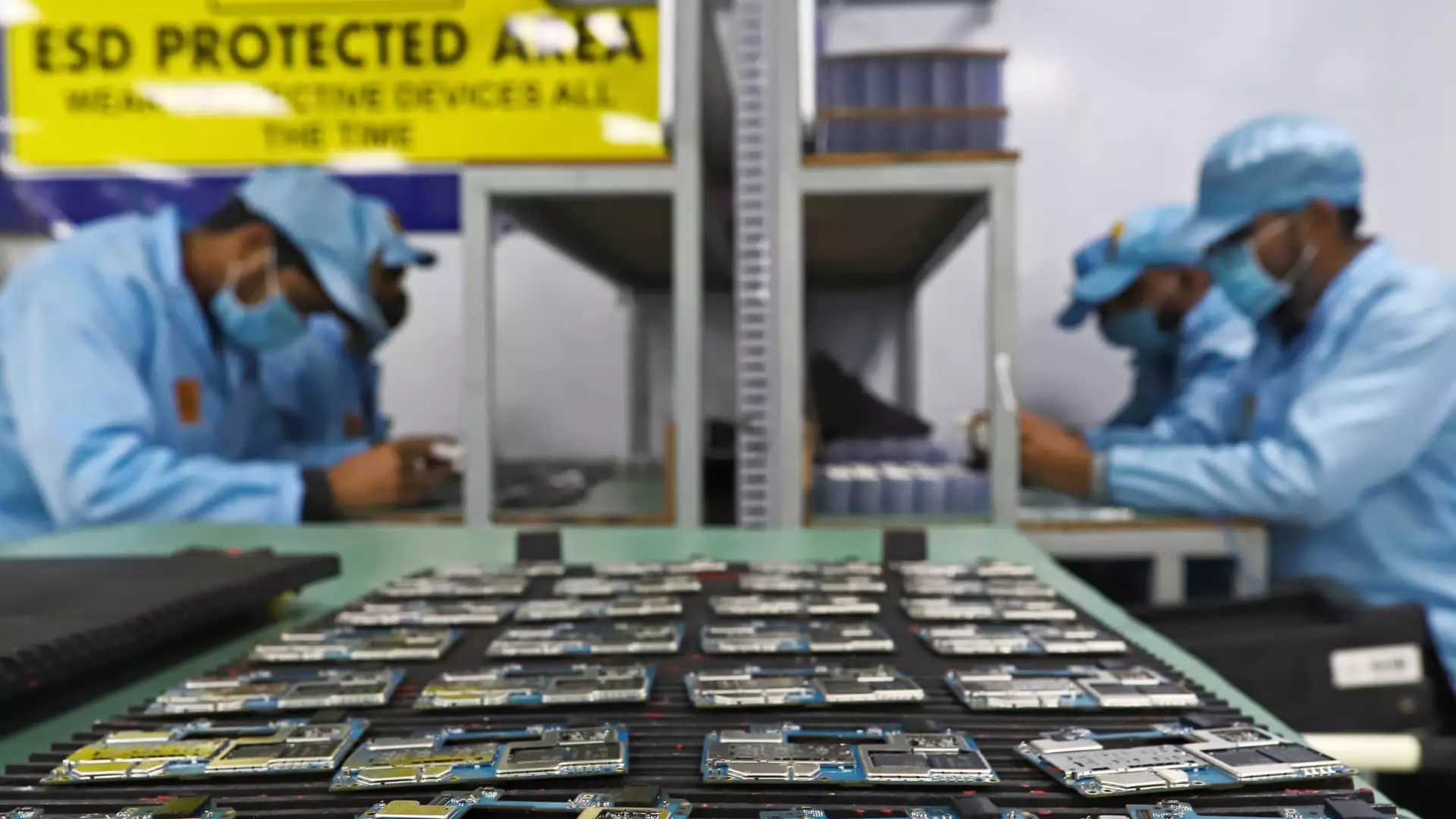India has set its sights on becoming one of the top five semiconductor producers in the world within the next five years, according to Ashwini Vaishnaw, the minister of electronics and information technology. This ambitious goal comes as global value chains in the chip industry become increasingly complex.
With Taiwan currently holding the largest share of global semiconductor foundry capacity, followed by China, South Korea, the U.S., and Japan, India sees an opportunity to benefit from companies looking to reduce their dependence on China. As tensions between the U.S. and China continue, India aims to position itself as a “trusted value chain partner” for electronic device manufacturers.
U.S. chip giant Qualcomm recently opened a new design center in Chennai, focusing on wireless technology design. This investment is expected to create 1,600 jobs in the country and signifies Qualcomm’s long-term commitment to India. The presence of companies like Qualcomm in India is paving the way for opportunities for local companies and talent.
Prime Minister Narendra Modi inaugurated three semiconductor plants last week, including a joint venture between Tata Electronics and Taiwan’s Powerchip Semiconductor Manufacturing Corp. These initiatives aim to establish India as a key player in semiconductor manufacturing by creating the country’s first semiconductor chip by 2026.
Union Minister Rajeev Chandrasekhar believes that domestically manufactured chips will not only strengthen India’s presence in global value chains but also establish the country as a semiconductor hub for the world. Despite concerns from investors about India’s current position in the semiconductor industry, the government remains confident in the country’s potential for growth.
Vaishnaw emphasized India’s large talent pool and focus on ramping up its manufacturing capabilities as key drivers for the country’s semiconductor industry growth. With the global semiconductor sector expected to reach a trillion dollars within the next seven years, India aims to capitalize on this growth by expanding its pool of semiconductor engineers and investing in the necessary infrastructure.
India’s ambition to become a leading semiconductor producer presents both opportunities and challenges. By focusing on strategic partnerships, investments in talent and infrastructure, and positioning itself as a reliable value chain partner, India has the potential to establish itself as a key player in the global semiconductor industry.


Leave a Reply